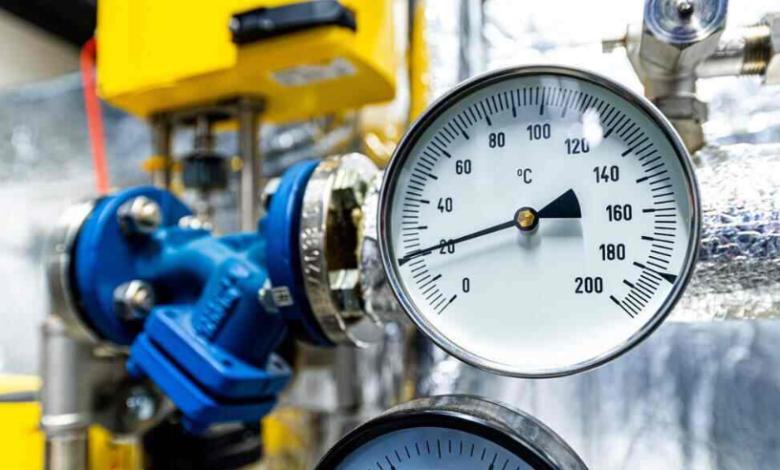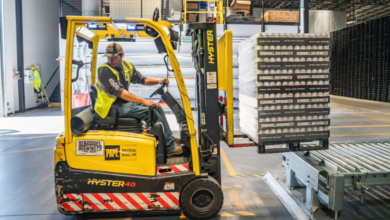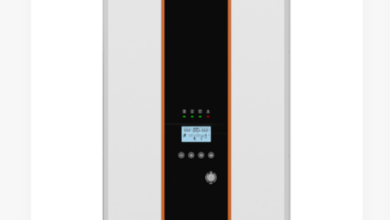Various Liquid Level Indicators and the Way They Work

In process equipment and storage tanks as well as in industrial systems, it is highly crucial to be aware of the level of a liquid in a vessel. Low levels can cause pump starvation, shut-downs, or disrupt production. Excessive levels can result in spills, safety incidents, or damage to equipment. To prevent this, a number of various forms of liquid level indicators are utilized.
These are some based on simple mechanical components, and others based on sensors and electronics. All have their pros and cons, depending on liquid, tank volume, and operating conditions. Hereafter is a list of the major types of level indicators employed in practice, and how each operates.
Float-Based Indicators
These employ a float resting on the liquid surface. The level rise or fall causes the float to rise or fall. That movement is transferred—most often a rod, cable, or magnet—to a gauge or scale on the tank exterior. The system is uncomplicated and works fine with clean liquids under standard conditions.
They are typically used in fuel storage, water tanks, or ordinary industrial installations. But the float gets stuck in dirty or thick liquids. They are not used in pressurized tanks or hot tanks either.
Sight Glass Systems
A level gauge or sight glass is simply a transparent pipe or window on the outside of a tank. Liquid level in the sight glass is precisely the same as in the tank, and therefore the operator can view it directly. It’s an easy and simple method for low-risk areas.
Used in laboratory, low-pressure boiler, and small tanks, this indicator allows one to have a direct view. But the tubes are breakable when exposed and are unsuitable in places where pressure or poisonous fluids are present.
Magnetic Level Indicators
There is a floated magnet in this design that moves inside the tank. There is an outside series of flaps or a magnetic ribbon that reacts to the position of the magnet. The outside gauge will vary when the float moves up or down, showing the level without opening or interfering with the vessel.
These are common in oil and gas, chemical processing, and other processes where contents are pressurized, hot, or dangerous. Because the fluid is enclosed, there is no potential exposure. While precise and easy to read, magnetic systems are expensive and need to be professionally installed.
Hydrostatic Pressure Sensors
These pressure gauges are applied to sense pressure at the bottom of a tank formed by liquid over it. Since pressure depends upon depth, pressure can be used to determine level if liquid density is known.
Hydrostatic measurement is appropriate for deep tanks or buried tanks, including underground storage tanks or water treatment. Values are usually continuous and constant. Accuracy, however, is dependent on a consistent liquid density. Unless compensated, content or temperature variations will impact the reading.
Ultrasonic Level Sensors
These are in the shape of sound waves to detect level without actually contacting liquid. The sensor is mounted above the liquid and emits pulses downwards. When the sound strikes the surface and returns, the sensor calculates the level based on the time taken.
Ultrasonic sensors are widely applied to water supply, food processing, and bulk liquid storage tanks. They are easy to clean and non-invasive. They dislike foam, steam, or heavy vapours, and need an open space above the liquid to provide accurate measurement.
See also: Applications of RGB Laser Module in Modern Technology
Radar Level Measurement
Radar systems function in the same manner as ultrasonic ones but use microwave signals instead of sound. They are therefore more consistent in adverse conditions, like high-pressure, temperature, or vapour tanks.
They are used extensively in oil storage tanks, ship storage, and the chemical process industry. Radar indicators give correct results even with a gas cap or surface foam. Installation is more complicated and it is expensive, but under sensitive conditions, the operation is worth the cost.
Conductive Level Probes
Conductive sensors utilize probes made of metal inside the tank. As a probe touches the liquid, it forms an electrical contact. This alerts the control system that this level of liquid has been reached.
These are used primarily for alarm indication—low or high level—rather than giving a full continuous reading. They’re used everywhere in water tanks, sewer pipes, and simple control loops. Probes will corrode eventually or develop sludge coating in dirty or reactive fluids, so maintenance is required.
Capacitive Sensors
These utilize capacitance variation between a couple of probes to detect the presence of a liquid. With a change in the level of the liquid, the electrical property between the probes also changes, allowing the system to estimate the level.
Capacitive sensors are also used extensively in pharmaceutical, chemical, and food industries. They are non-moving and will sense sticky or corrosive liquids. Each of them must be calibrated with the fluid being used. Measurement will be incorrect if properties of the fluid change.
Vibration-Based (Tuning Fork) Sensors
This sensor utilizes a vibrating fork located within the tank. When the liquid touches the fork, the vibration is changed. It tells the system that the level point is attained by the liquid. It is a flawless way of determining if the level point is attained or not.
They are suitable for use on high or low level alarm applications in tanks, not full level measurement. They are accurate over a broad range of liquids, such as viscous or foaming liquids. They do not give continuous level monitoring.
Liquid level sensors are of enormous variety, ranging from straightforward mechanical designs to sophisticated sensor-based devices. The best solution will be a function of the type of liquid, the configuration of the tank, operating conditions, and accuracy required.
For less demanding applications, float and sight glass devices are economical options. For more demanding applications, magnetic, hydrostatic, and radar units are sealed, precise, and rugged solutions.
More sophisticated sensors—such as ultrasonic, capacitive, and tuning fork sensors—are designed to have contactless or high-precision measurement, often implemented in the electrical chain. However, they also need careful installation and periodic checking to provide reproducible performance.
Knowing the operation of each system, engineers and operators may choose the right level indicator to make processes safe, efficient, and under control.



